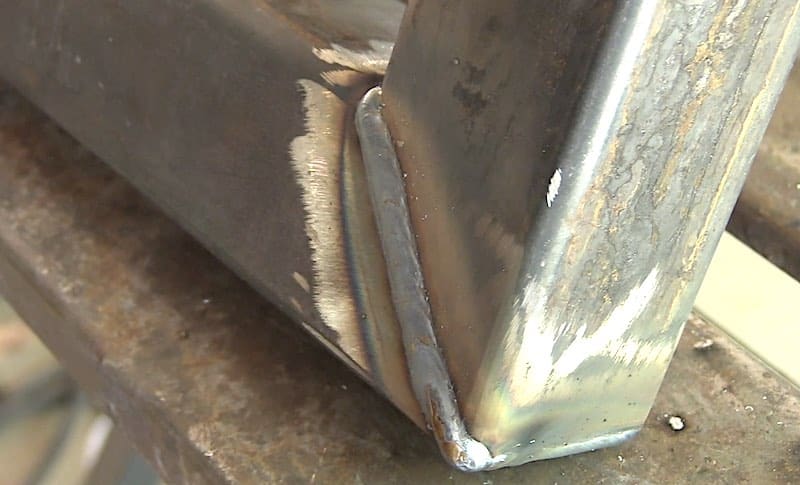HOW STRONG IS MY SQUAT RACK?
HOW STRONG DOES IT NEED TO BE?
You look at a rack and you want to know, will it be able to hold the massive weights the 0.01% of users will put on it?
No one wants to get a surprise visit from the Mountain only to see the disappointment in his eyes when you tell him your rack can only hold 400kg instead of the 500kg he needs.

The max weight is not just for stationary weight, it’s for someone dropping their max weight on the safety bar or J hooks.


The world record squat is 594.6 by Nathan Baptist. If he failed and dropped that weight from a height of 0.5m, when it hit the safety bars it would weight 2913.54kg
Weight x 9.8 (Gravity) x 0.5 (meter distance) = force weight
You’re likely to never have anyone lifting over 200kg, so 200kg dropped 0.5 meter = 980kg touch down.
What’s more important than the max weight it can hold is the max weight it can repeatedly hold. Also, it’s not the rack but rather the J hooks and safety bars that need to be able to hold the max weights. Most racks advertise their max static weight but the real number should be the repeated load every part of the rack can hold, so this needs to be tested.
HOW ARE THEY TESTED?
When racks and benches are tested, they are tested to 2.5 times their max weight to ensure they are safe. They are also tested for 100,000 cycles of maximum load.
Our commercial racks are all 11 gauge meaning they are 3mm thick, cheaper home racks are 14gauge, 2mm thick and these can take a lot of weight. This is a good video showing a cheap home rack being abused and surviving.
WHAT'S IT MADE FROM?



Conclusion
A 3mm thick length of box steel will hold anything you need to throw at it. Weak points on Racks are J cups and safety bars so keep an eye on the condition of these over the years. Other week points on Machines are often produced using 14gauge (2mm) box steel, which is again, more than enough for what it is used for.
For the most competitive pricing for Rigs, Racks and all your gym equipment, get in touch.








